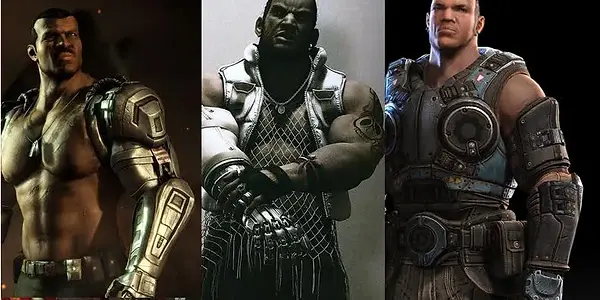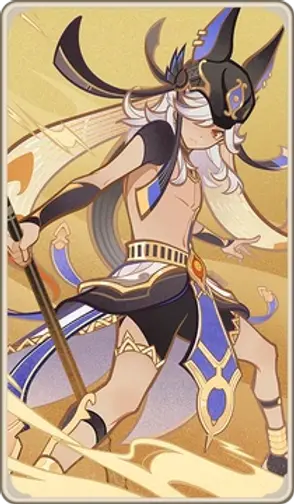A Study of the Representation of Ethnic and Cultural Minorities in Video Games
Diverse Gaming Insights
Overview
What are Some Specific Examples for Each Kind of Representation?
Now that we have gone over the different kinds of representation, you are probably wondering what qualifies in the video game world for each of these categories. This page will go over and explain examples for each category of representation.

Examples for Tokenism
What Specific Games or Characters Exemplify this Kind of Representation?
Tokenism/box-checking, as previously mentioned, is the representation of individuals or communities by simply having them exist within the context of the given story or world.
A popular example of this kind of representation is the Overwatch game series.
While this game series is incredibly diverse and inclusive, Blizzard, the company producing the game series, has achieved this diversity via a custom checklist to ensure the maximum amount of diversity of their cast of characters.
This checklist includes things such as culture, ethnicity, age, gender, etc., and is the literal definition of checking a box for representation.
While this is not exactly a bad way to design characters, Blizzard has faced backlash for attempting to treating the representation of ethnic and cultural minorities as a checklist and attempting to quantify things such as culture, ethnicity, body type, etc.


Examples for Stereotyping
What Specific Games or Characters Exemplify this Kind of Representation?
Stereotypes are ideas or practices applied to a large group of people with the assumption that every individual in that group applies to those ideas or practices.
Unfortunately, when it comes to video games, racist caricatures are the most common form of stereotypical representation. However, there are also many examples of the same kind of character or story being told over and over again, also qualifying as a stereotype.
In terms of racist stereotypes, older games such as Punch Out!! are abundant in this regard. Newer examples, though, span multiple games, leaning on the less obvious side. Examples for this include the depiction of black men across multiple games as "big, muscular, and tough," or depictions of Muslims across games as "turban-wearing, camel-riding terrorists."


Examples for Genuine
What Specific Games or Characters Exemplify this Kind of Representation?
Genuine representation a kind of representation which seriously includes and highlights the stories of minority groups in an attempt to improve the representation of these communities.
Although incredibly subjective, for the most part, members of the gaming community are able to decide on some universally good examples of representation of minority communities.
Assassin's Creed III: Liberation is a game which follows the series' first female protagonist as she and the player navigate French Louisiana in 1770. The protagonist, a woman of color, has many encounters with slavery, racism, and other struggles faced by people of color during this period, highlighting this history and making light of it in a respectful way.
Another example of a game which seeks to realistically and sensitively highlight the struggles and stories of minority communities is Life is Strange II. This game follows two Latino protagonists and addresses themes of covert and overt racism throughout its main story.


Examples for Educational
What Specific Games or Characters Exemplify this Kind of Representation?
Educational representation is representation with the sole purpose of educating an audience, and it often applies to whole games as opposed to singular characters or storylines.
Oftentimes, educational representation will be used to depict the stories of immigrants. Examples of this include the games Syrian Journey: Choose Your Own Escape Route, Finding Home, Papers, Please, and Bury Me, My Love.
All of these games depict immigrants in an attempt to educate the audience and bring awareness to the struggles faced by immigrants and their families.

Examples for Virtual
What Specific Games or Characters Exemplify this Kind of Representation?
Virtual representation is a type of representation which involves the presence or aspects of a culture or practice.
Virtual representation strictly applies to the use of culture, symbols, objects, places, etc., and not people.
Virtual representation will often be used when designing worlds and games as developers take inspiration from real-life cultures and people for their in-game counterparts.
Genshin Impact is a game which relies heavily on virtual representation. The game has seven in-game nations, all of which are based off real world countries. All these nations take heavy inspiration from their real world counterparts when it comes to architecture, food, language, environment, etc. However, some of these nations neglect to take inspiration from the people of these countries, often making all the characters from these nations very pale or caucasian looking, despite their inspiration's country's population being very much otherwise.

